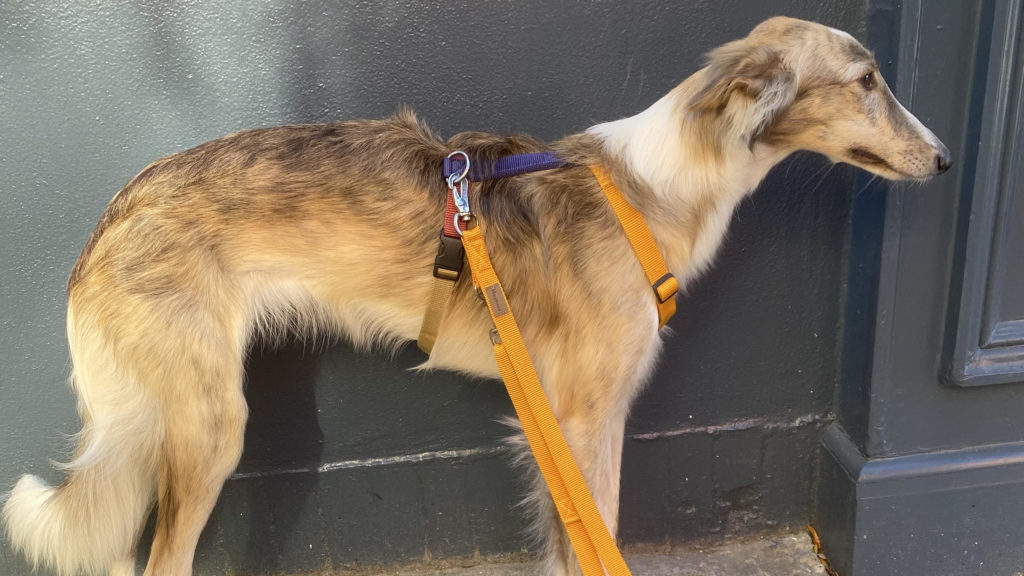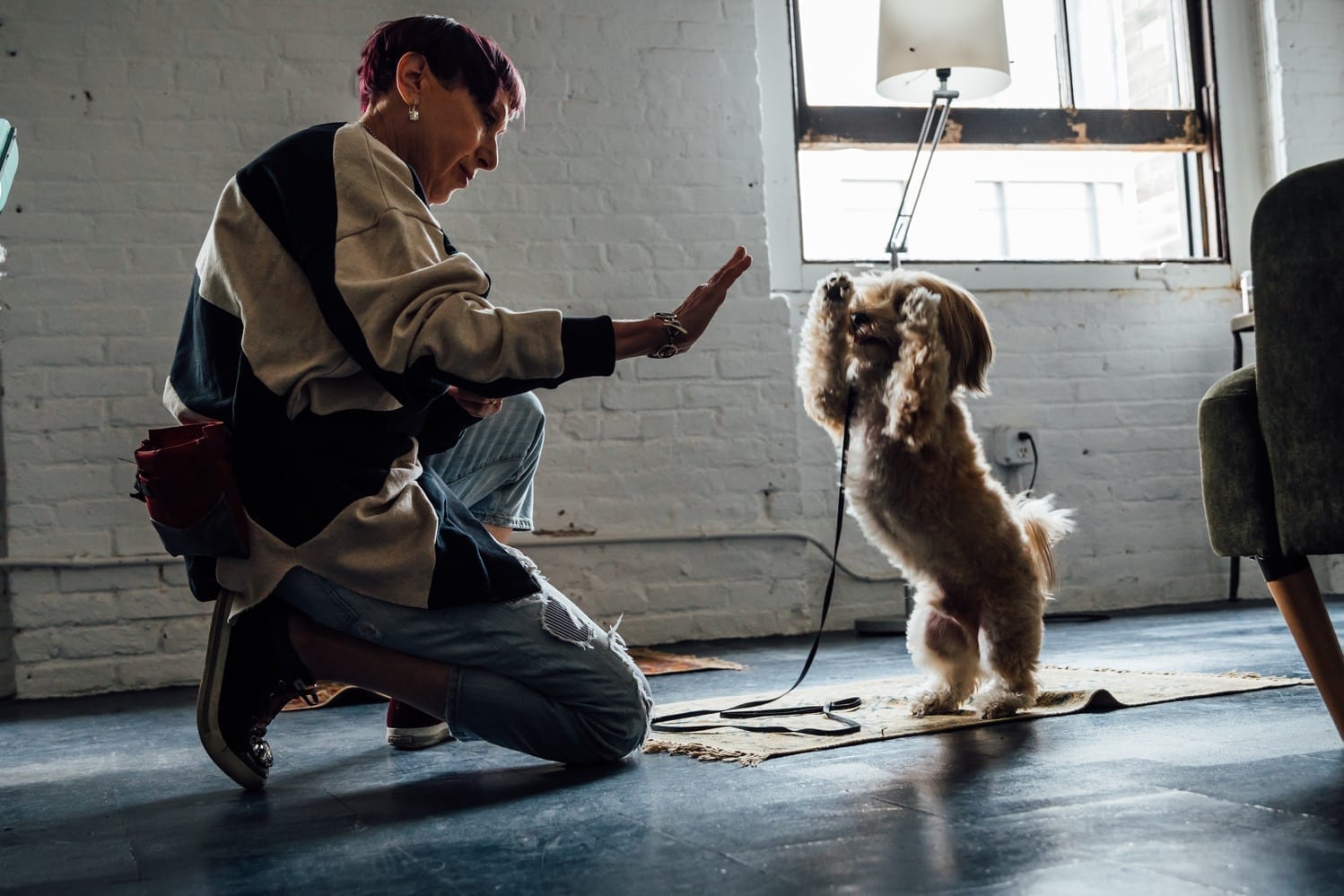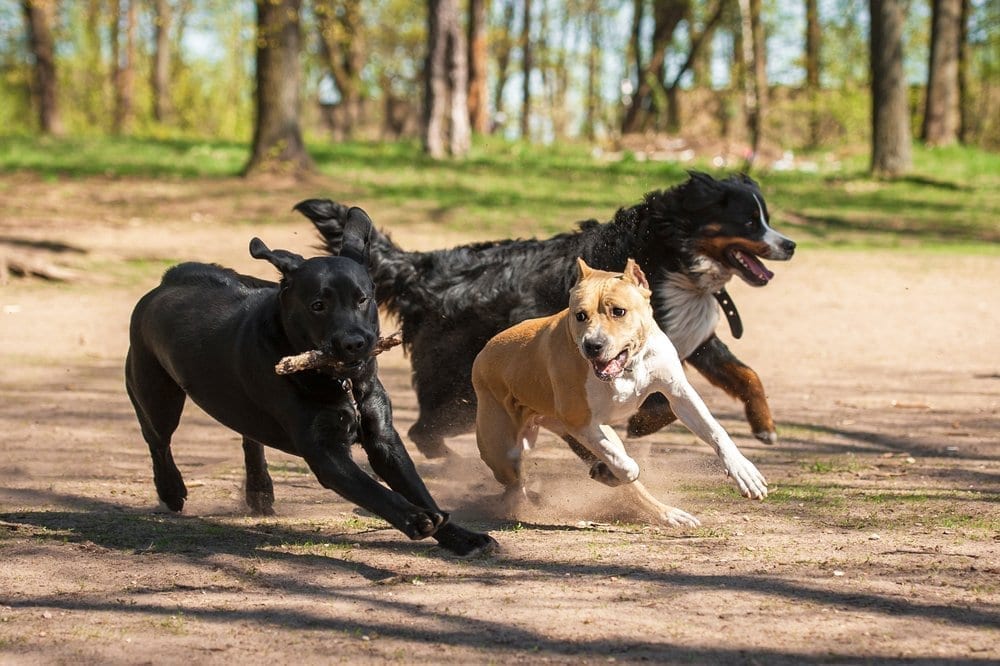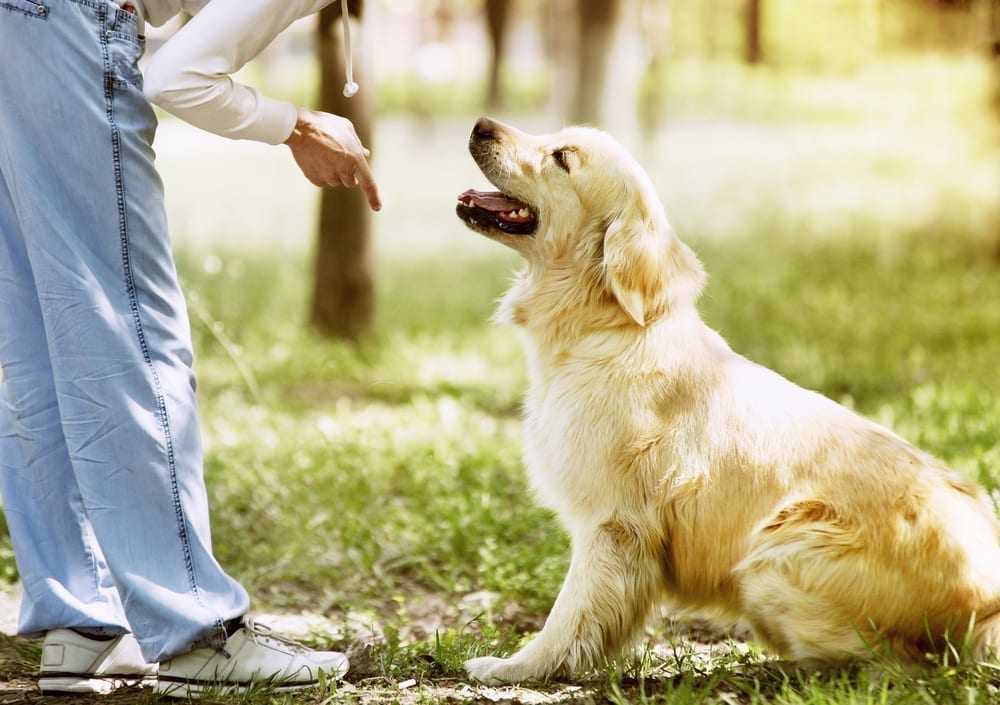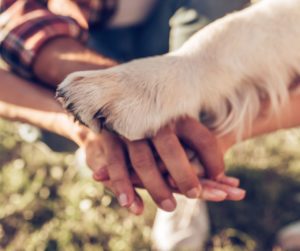Do you remember the story of June, the rescue mini dachshund with the megaesophagus?
Yesterday I got a text that June was able to stay alone without any signs of anxiety or barking for a whole hour!
It is an excellent example demonstrating that separation anxiety is largely a function of dependency, helplessness, lack of confidence, and a sense of lack of control over the environment.
So, with a dog who is suffering from separation anxiety, all of these aspects need to be addressed by teaching them that they, in fact, are able to have control over their environment. Instill in them a good amount of optimism and the ability to self-soothe.
To this end, allowing dogs to think things through for themselves is key. A dog who depends on being told what to do might always appear “well-behaved.” However, there is a dependence on being told what to do rather than knowing what to do in a situation.
Practicing this on a regular basis will reinforce their ability to reason. Reasoning becomes easier (practice makes this easier, and reinforcement makes it fun). So as they are faced with a challenge, in this case, stress and frustration caused by anxiety because they do not know how to deal with being left alone) is so much easier to overcome.
The other key factor towards success was to reinforce inherent doggie needs such as sniffing, licking, and chewing, not only by providing those opportunities but by using them to reinforce secondary reinforcers such as toys and play to use those as valuable reinforcers for June.
I want to express my gratitude to Mary Hunter of Behavior Explorer, whose teaching on reinforcement systems really helped me be more creative in unraveling this case. Also, listening to Hannah Brannigan’s podcast, which really dovetails a lot with Behaviorexxplorer’s thoughtful approach, played into my thinking about this case. In particular, her podcast DFTT (DrinkingFromThe Toilet) episode #162, Working with Compulsive Behaviors which, clarifies the differentiation between “compulsive vs. stereotypical” behaviors. It focuses on horse cribbing behavior. The key to success, in that case, was to change the environment to interrupt the cycle of self-soothing behavior and reinforce the interruption of that behavior. That, in turn, reinforced Mary’s ideas that changing the learning environment contributed greatly to teaching this rescue horse’s behavior pattern of cribbing.
In June’s case: He had been left in his crate when he needed to be left alone. I suggested allowing him to roam as opposed to leaving him locked up in his crate, which had such an important history of aversion. We started by highly reinforcing a relaxed hanging out on a mat in a different area of the apartment along with some desensitization from distracting noises along with a high rate of reinforcement for being quiet/not barking and calmly hanging out. I am not going to bore you with all the specific ideas here!
Needless to say, this has been a reinforcing experience for all: for June, for June’s guardian, who did an incredible job following up, and for me as well.
The reason why I wanted to write about this is because, with a little bit of imagination and empathy, we can get behavior changes by using our common sense and putting ourselves ”in the paws” of our dogs.



